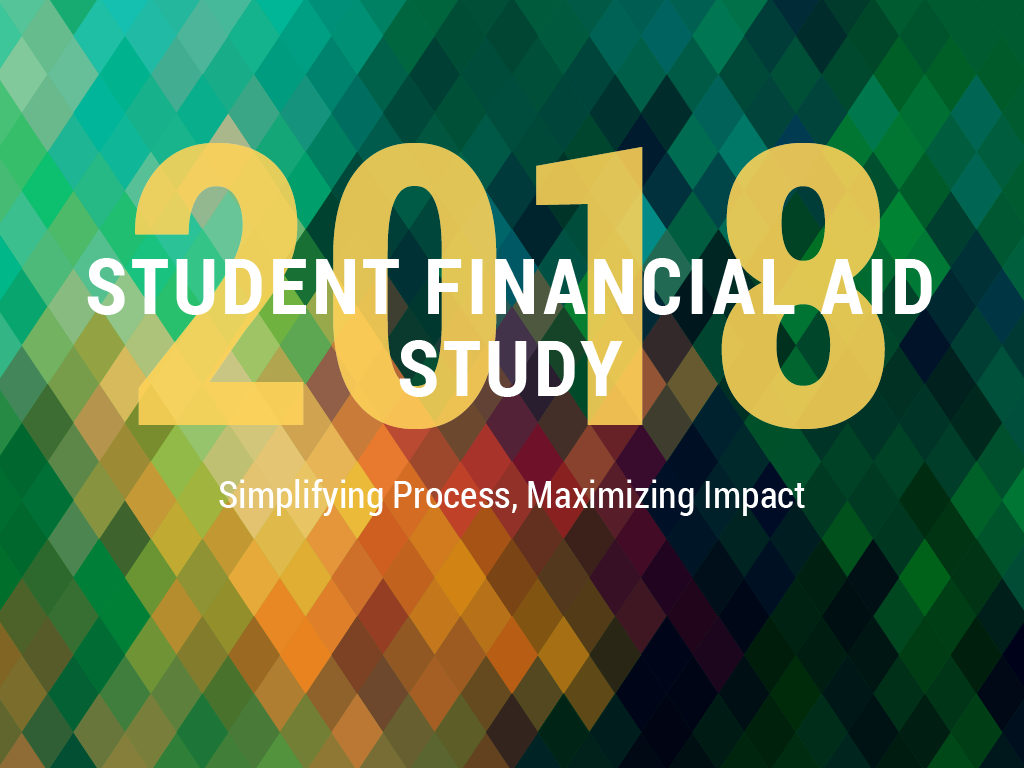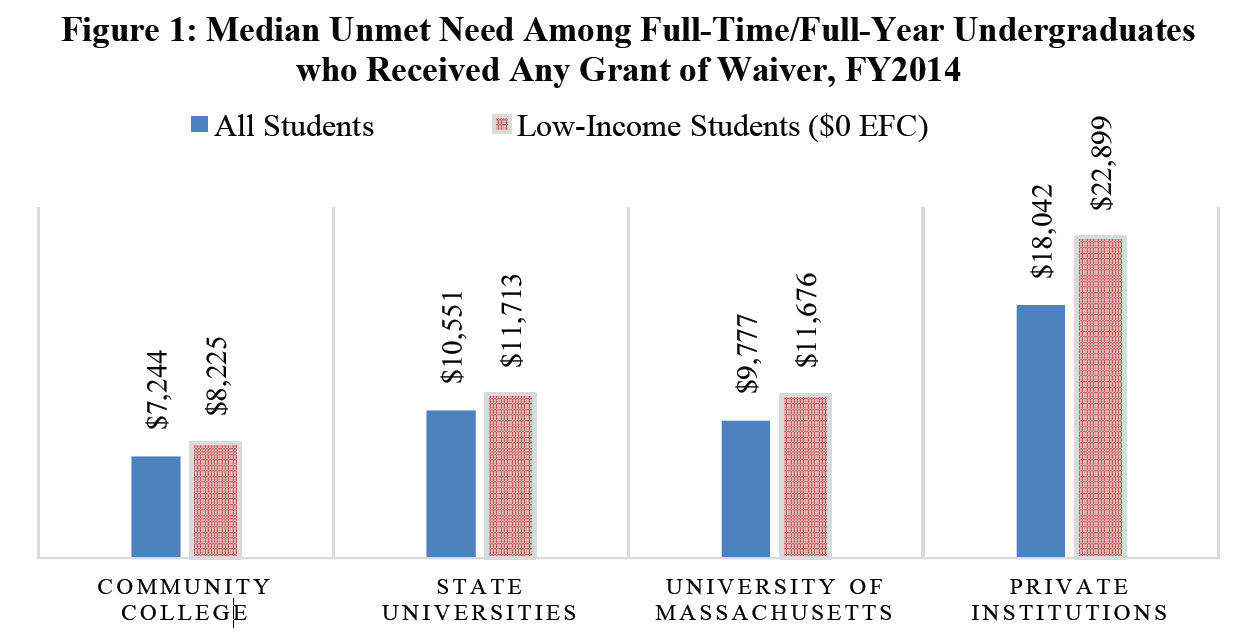
On March 6, Bridget Terry Long and Monnica Chan of the Harvard Graduate School of Education presented their Massachusetts Student Financial Aid Study to the Board of Higher Education, highlighting a set of recommendations for reforming and consolidating state-funded financial aid programs to improve college access and affordability, decrease students’ time to earning a postsecondary degree, and close achievement gaps. Dr. Long joined DHE Forward to discuss the study’s findings and recommendations.
Massachusetts is known as a national leader in education. Although we knew that the public higher education system has not been funded at the same level as other states, we still expected the Commonwealth to rank highly. However, once looking at the national data, we were surprised in several ways.
First, we rank 25th in terms of the amount of total need-based grant aid given per FTE student. We rank after notable states like New York (#3) and California (#4), but we also give out less per student than Vermont (#12), South Carolina (#22), Colorado (#23), and Connecticut (#24). Quite frankly, we are lagging behind much of the rest of the country in terms of how much we’re helping families afford higher education.
We also found that the design and organization of state aid in the Commonwealth is quite different than in other states. We knew going into this project that Massachusetts offers more individual aid programs than other states, but we were surprised by how much we’re an outlier. Many states have more than one financial aid program, and many also offer special programs targeting certain populations (e.g., teachers, foster children). Most states, however, have a primary need-based aid program that awards a large share (if not most) of state need-based aid dollars. Unlike these other states, Massachusetts has four large need-based aid programs – or five, if you count the Part Time Grant. Each of these programs vary slightly in eligibility requirements and administrative oversight but are often ultimately awarded to the same student. In other words, we make families jump through multiple hoops to piece together their aid when students in other states are not asked to do this.
“Massachusetts ranks 25th in terms of the amount of total need-based grant aid given per FTE student. We rank after notable states like New York (#3) and California (#4), but we also give out less per student than Vermont (#12), South Carolina (#22), Colorado (#23), and Connecticut (#24).” Tweet

Figure from the Massachusetts Financial Aid Study. In this analysis, educational costs include tuition, fees, book and living expenses.
Both issues are important but in different ways. Relatively modest aid awards and subsequently large “unmet need” dollars is a big issue given current trends in tuition and fee rates and stagnant family incomes. According to the College Board, published tuition and fee rates in Massachusetts are among the highest in the country at both public two- and four-year institutions. This means that even the maximum federal and state aid awards do not go very far in the Commonwealth. Addressing the issue of a modest aid awards must go hand-in-hand with a conversation about tuition and fee setting if we really want to address issues of college affordability moving forward.
Having a large number of aid programs is an issue if we want our students and families to have more predictability and accurate information about paying for college. In other research, we have found that perceptions about affordability are linked to whether students choose to prepare academically for college. This implies that a complicated financial aid system, where families are unclear about what aid is available and whether they qualify, could lead students to incorrectly assume they won’t get financial support for college. Having more predictability and information about the true cost of college, after taking financial aid into account, can help students and families plan ahead—not only financially but also academically.
Yes, the tuition waivers add another layer of complexity for students for two reasons. The first relates to eligibility requirements and how they are awarded. Many non-categorical tuition waivers are awarded by individual colleges and universities using varying criteria, and a family may not learn whether they will receive one until late in the college application process. Again, this sends a confusing message about whether higher education is affordable in the Commonwealth and how to access financial aid. We fear that many students do not bother to apply because they mistakenly believe that they will not receive any support.
The second issue with tuition waivers is they can send a confusing signal to families—many of whom mistakenly believe tuition is the main cost of college. Historically, Massachusetts public institutions have charged fees that are substantially higher than tuition. The UMass system recently restructured their tuition and fees, but at the state universities, for example, tuition averaged $986 for FY2018 while mandatory fees averaged $9,023. This pattern of pricing is unique to the Commonwealth—in other states fees tend to be only a fraction of tuition costs. So, students who receive a tuition waiver still have to worry about paying fees, a substantial share of educational costs. We’ve heard repeatedly that this is an unwelcome surprise for many families.
“Having more predictability and information about the true cost of college, after taking financial aid into account, can help students and families plan ahead—not only financially but also academically.” Tweet
The goal of this report is to support discussions about our system based on the reality families in the Commonwealth face. Based on what we’ve documented, it’s clear that more funding is needed. But there are also important questions that can only be answered by engaging the many stakeholders that might be affected. For example, should the size of grants be increased for the current set of beneficiaries, or should grants be made available to even more students, which might reduce the size of the average award? But it is also important to keep in mind that state financial aid is only one part of a larger discussion of college affordability. Tuition costs, fees, institutional aid, and state appropriations to institutions are also important determinants of affordability.
Taking a look at the bigger picture, there are also questions about how might the aid system support persistence and degree completion, not just access. Financial aid has been shown to increase the likelihood that students complete a postsecondary credential, and ultimately, increasing educational attainment is the goal.